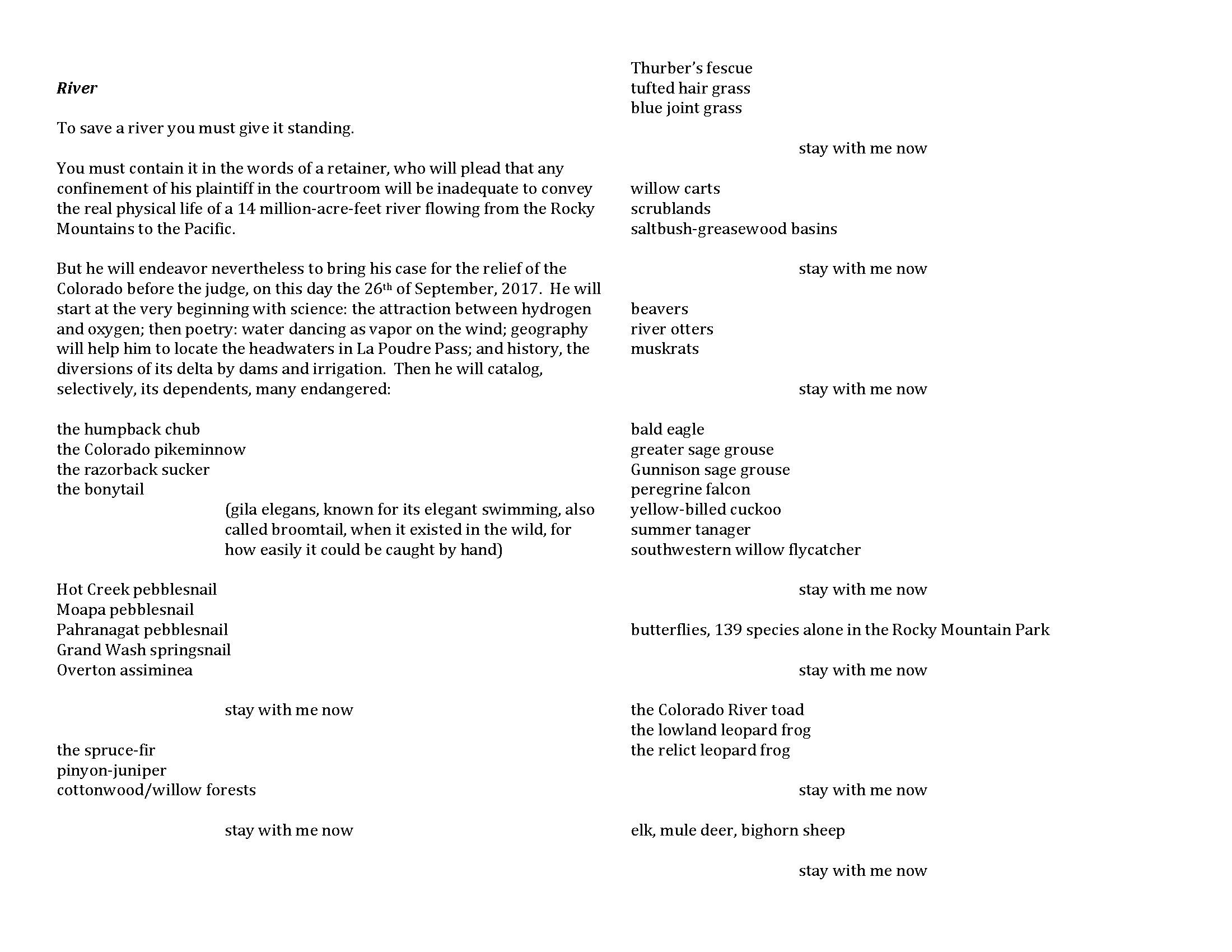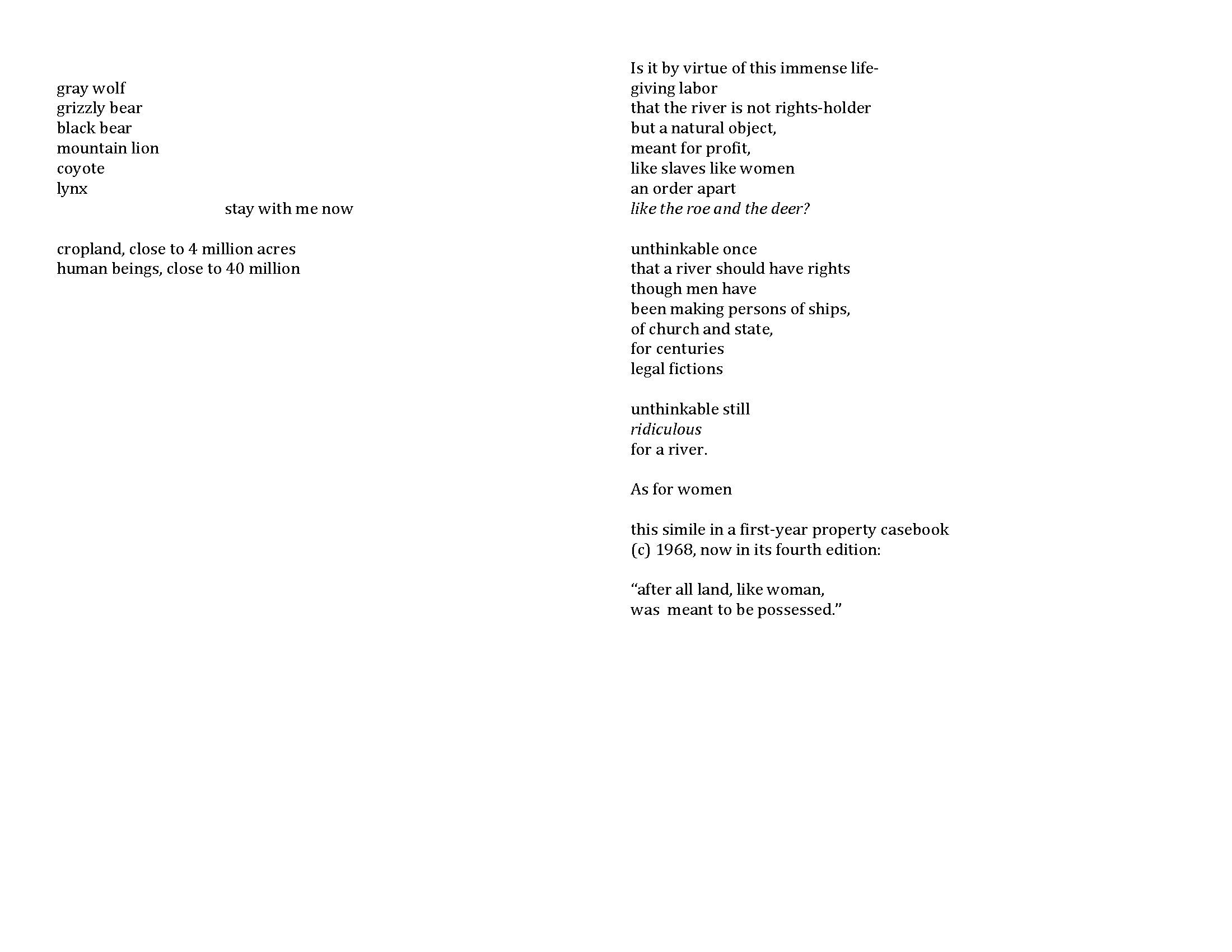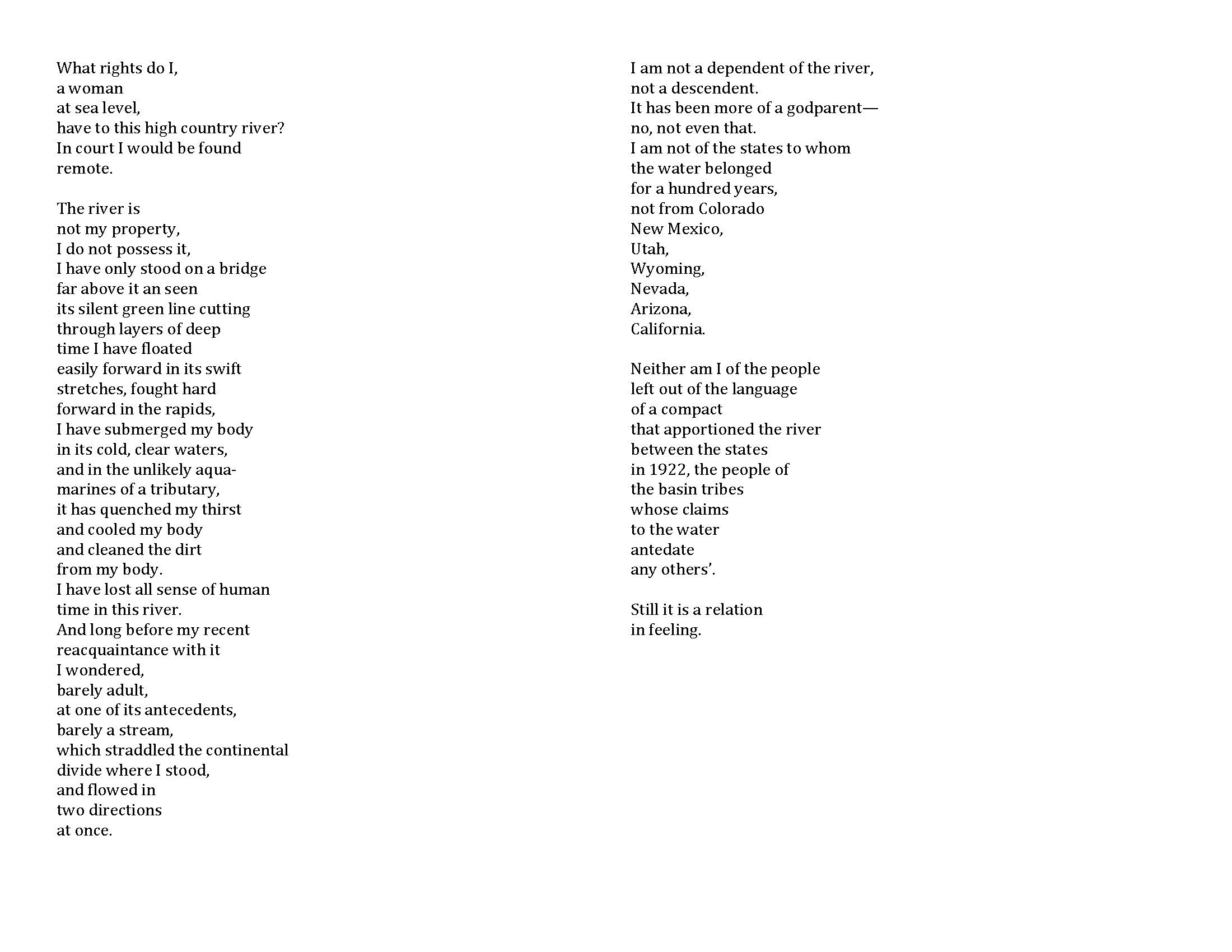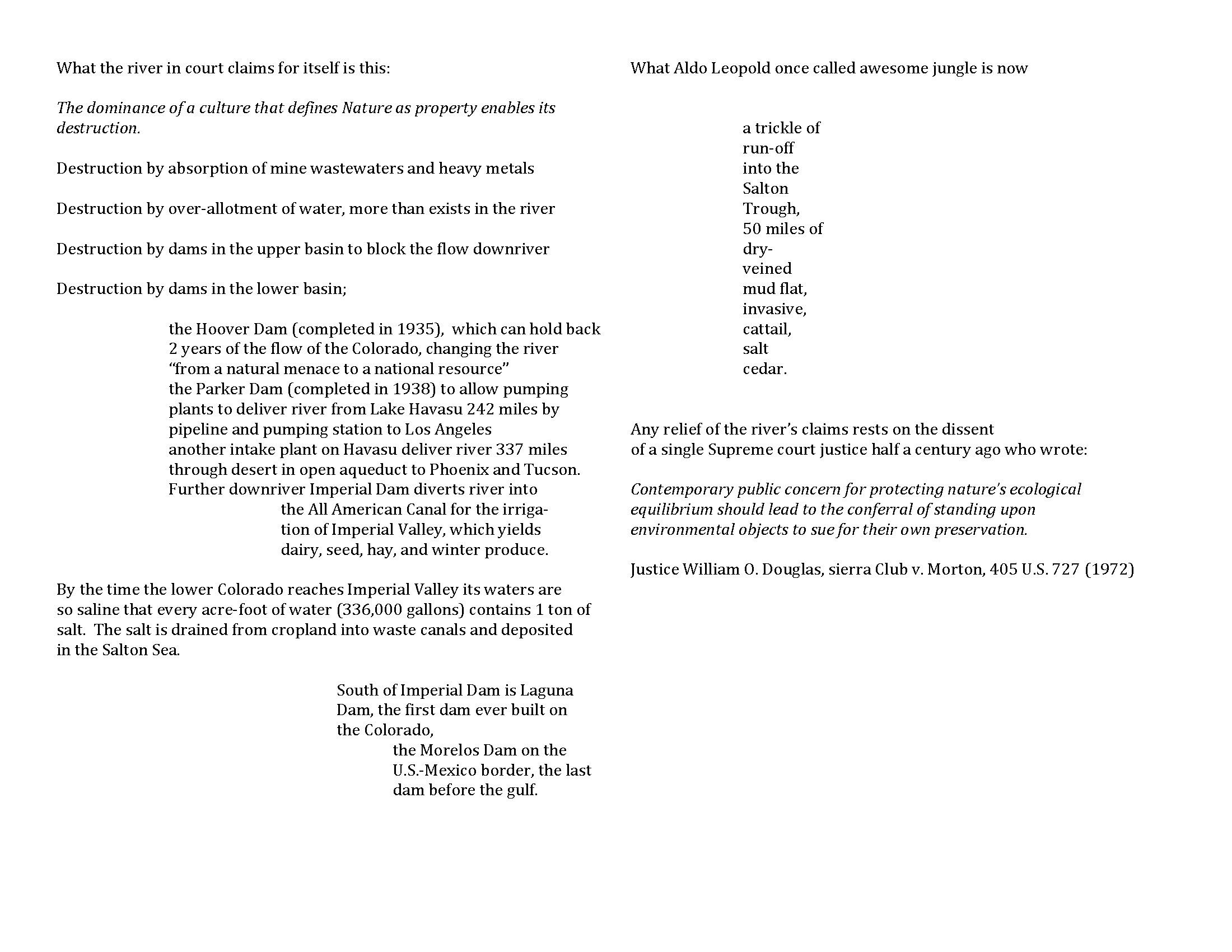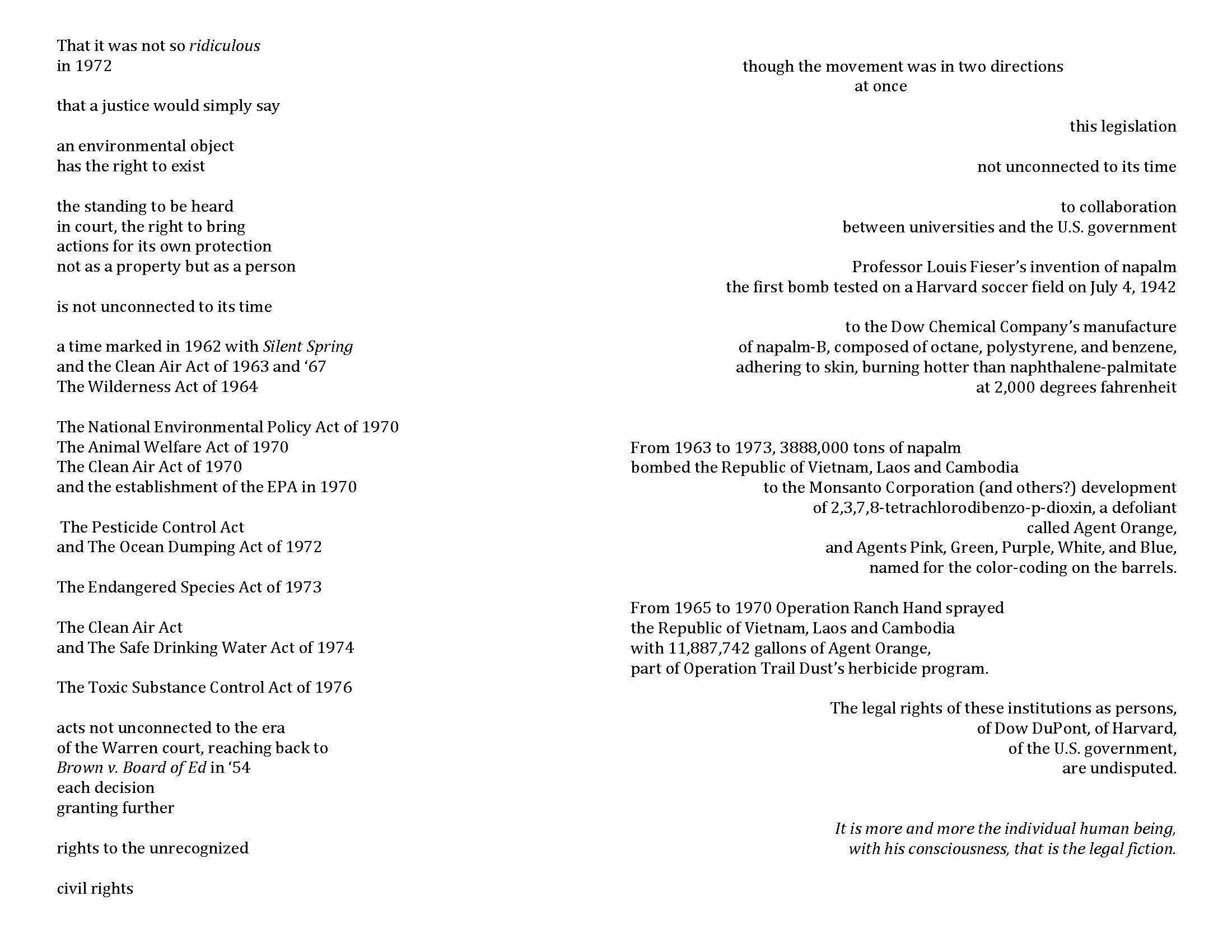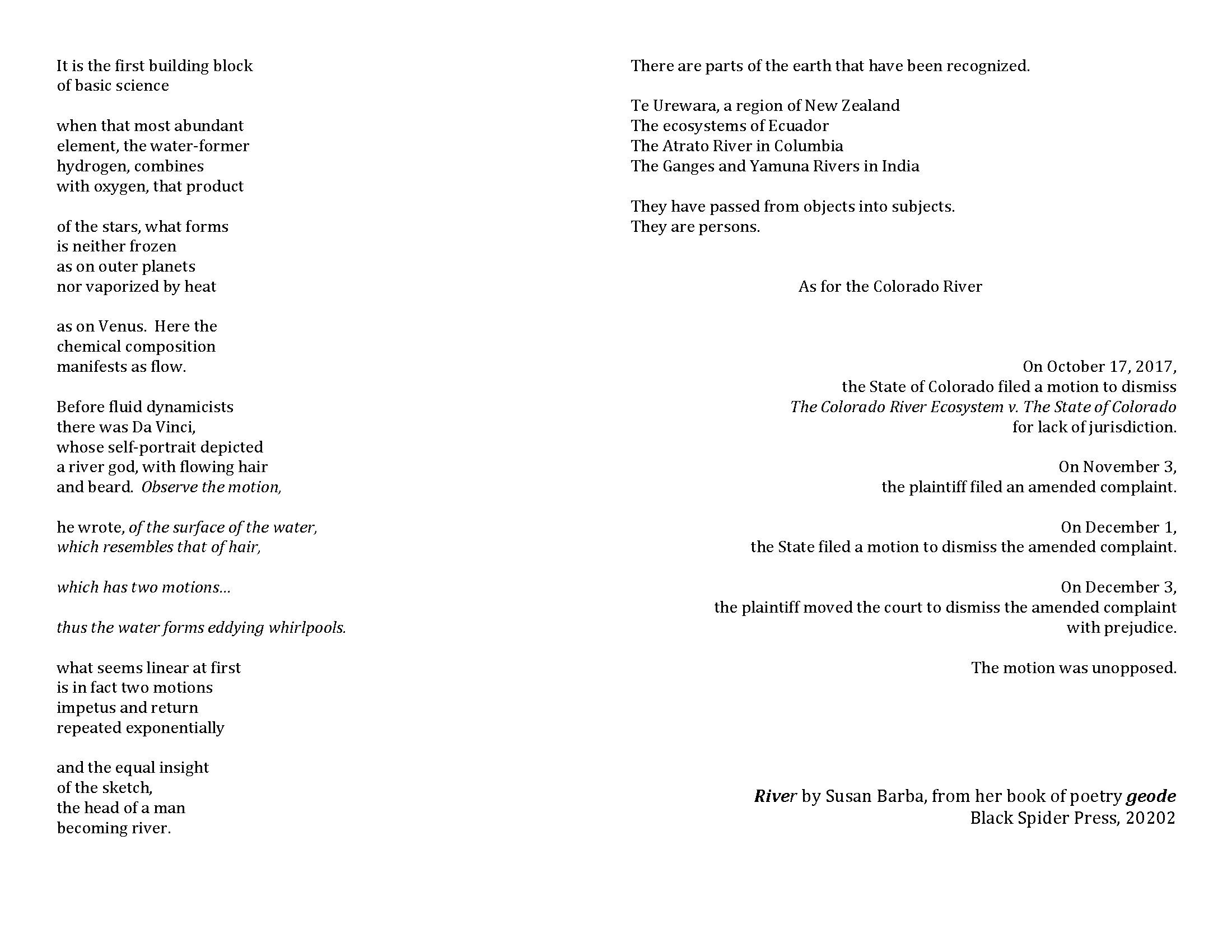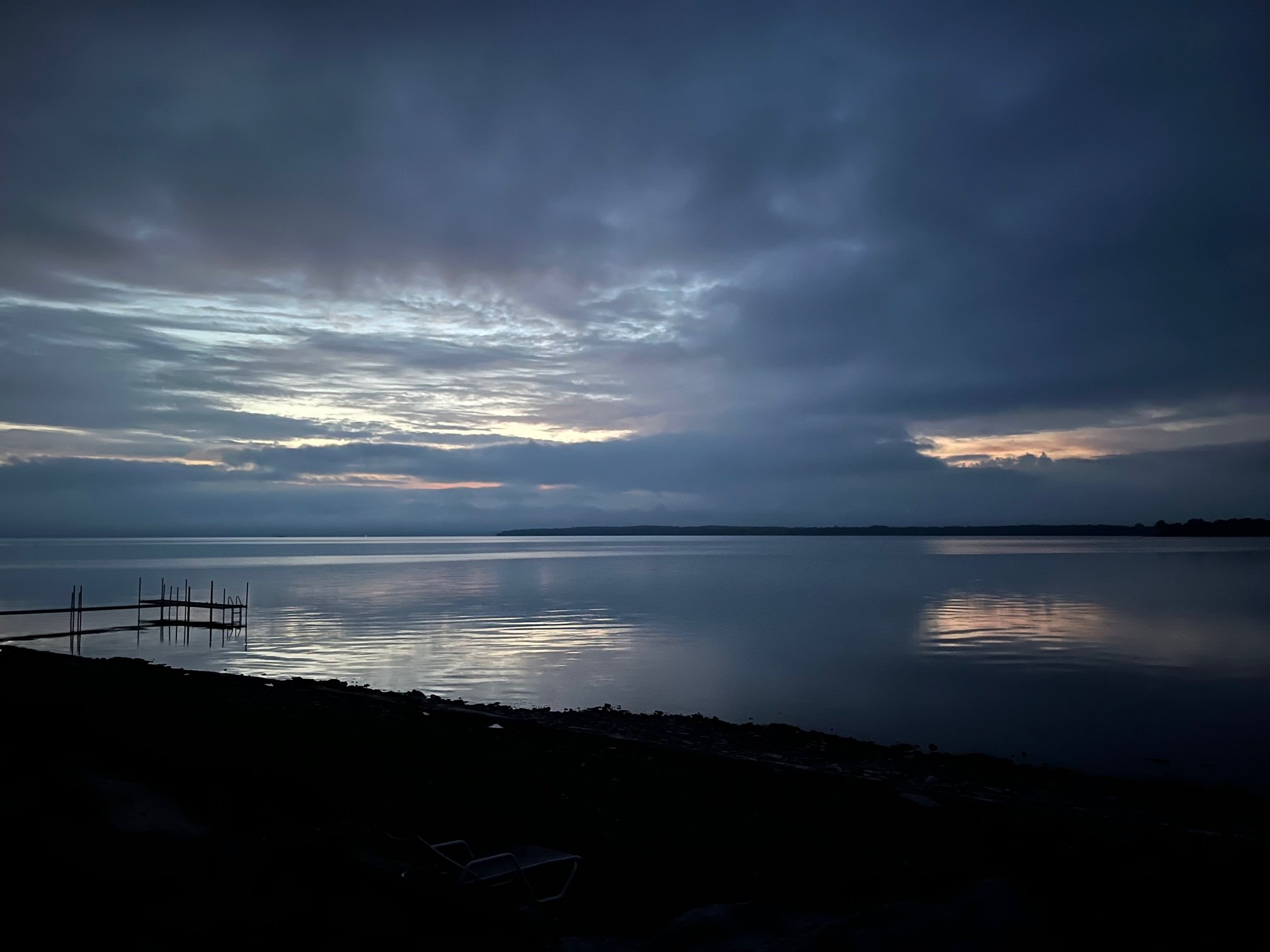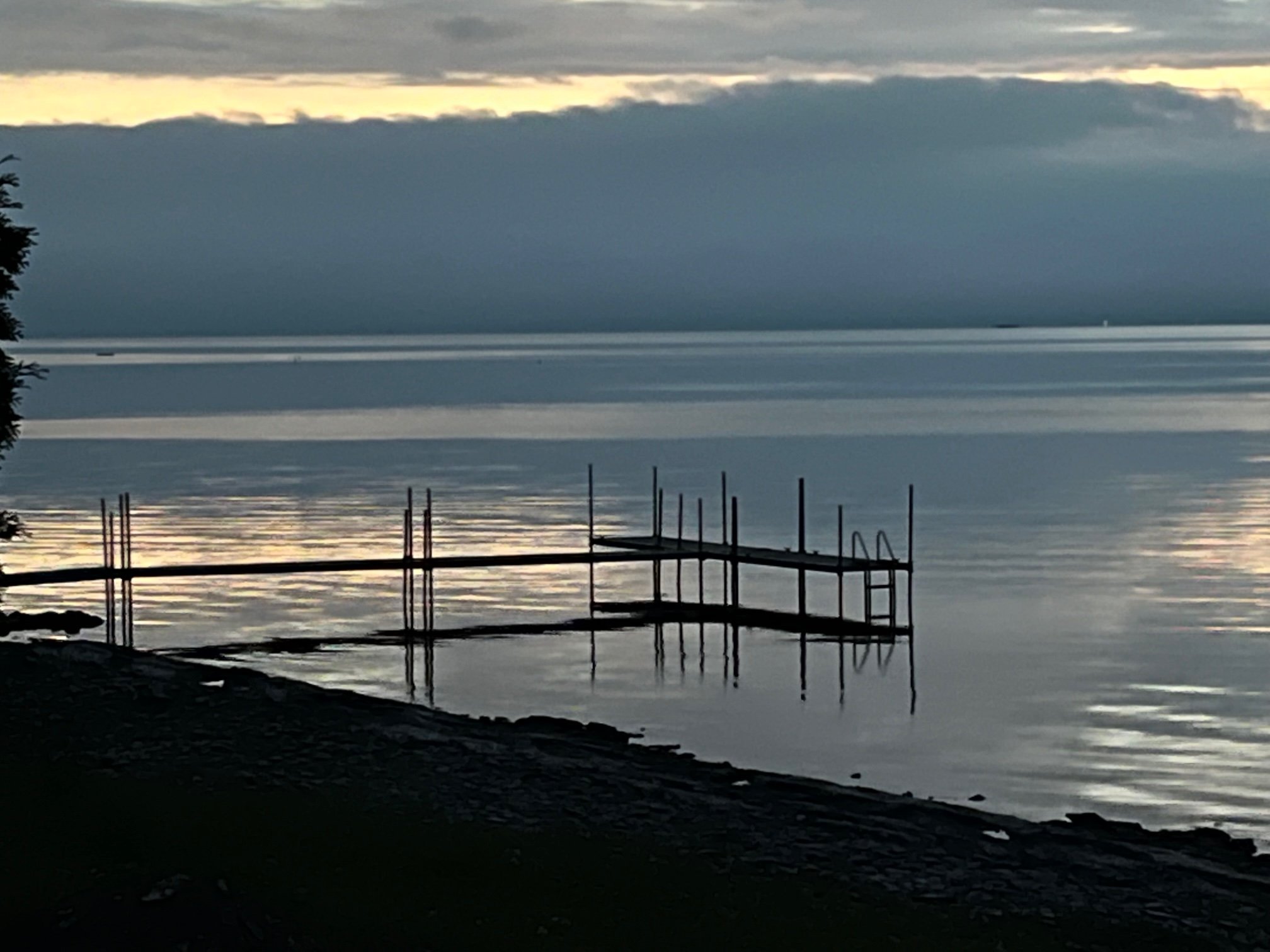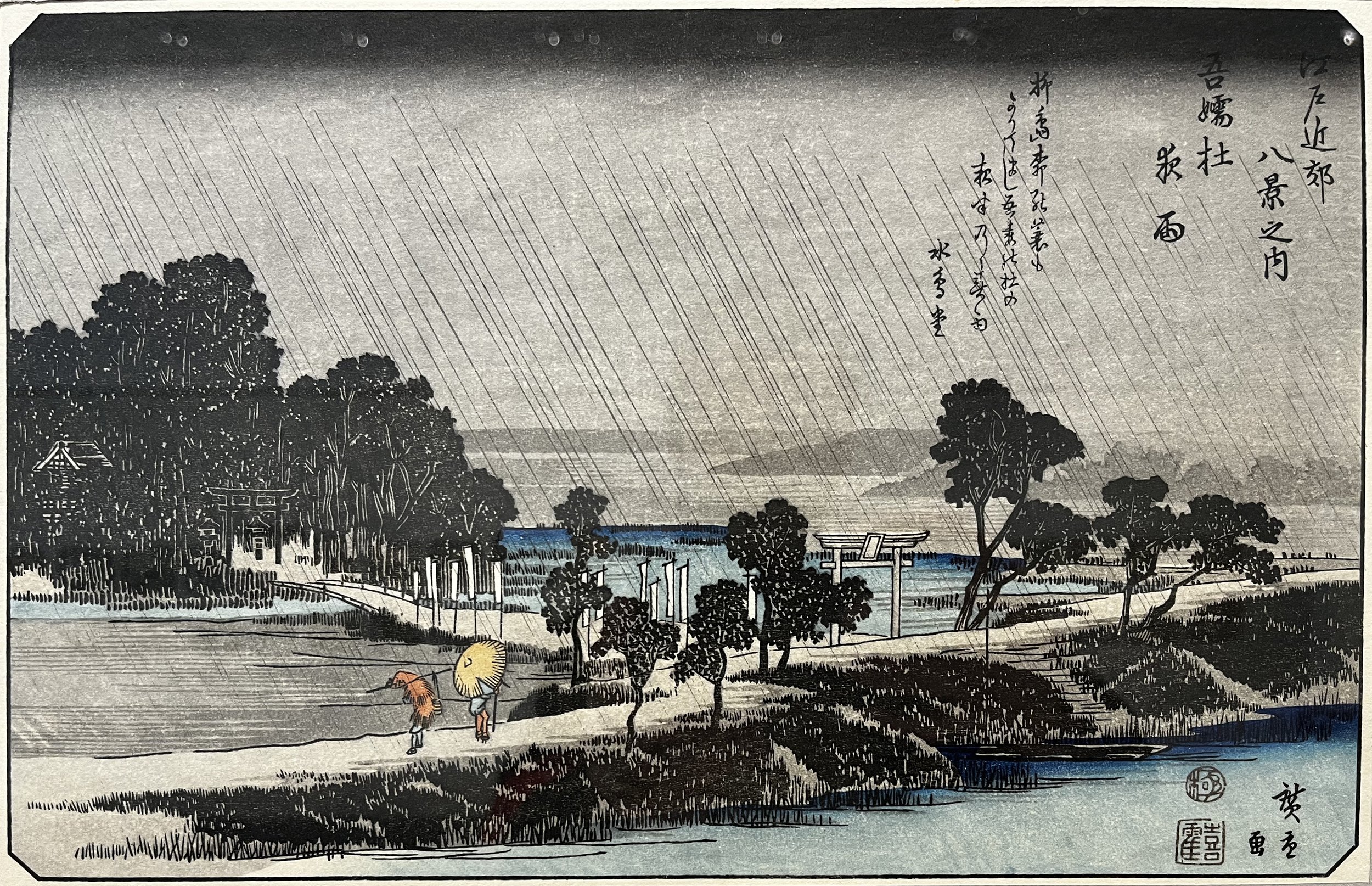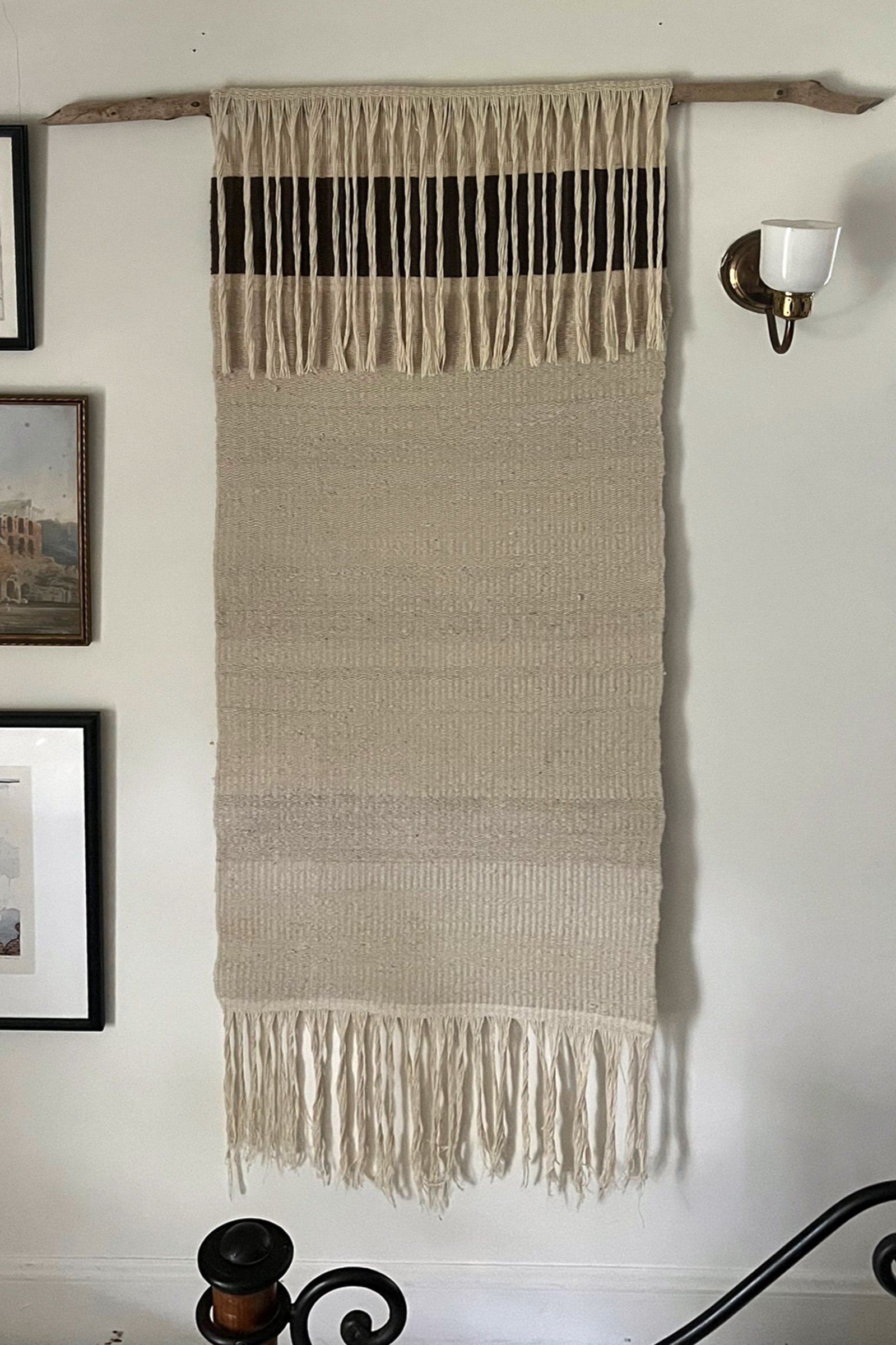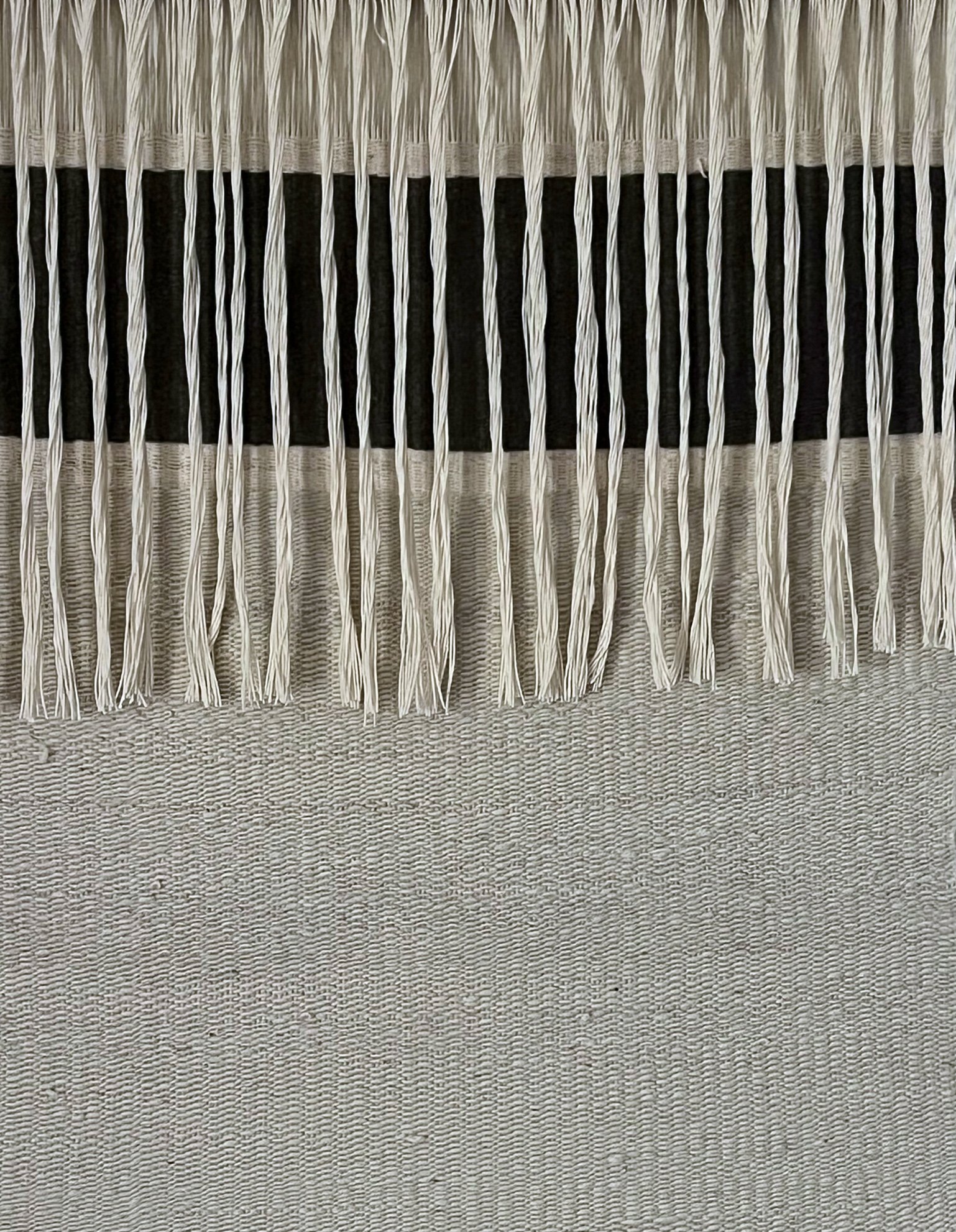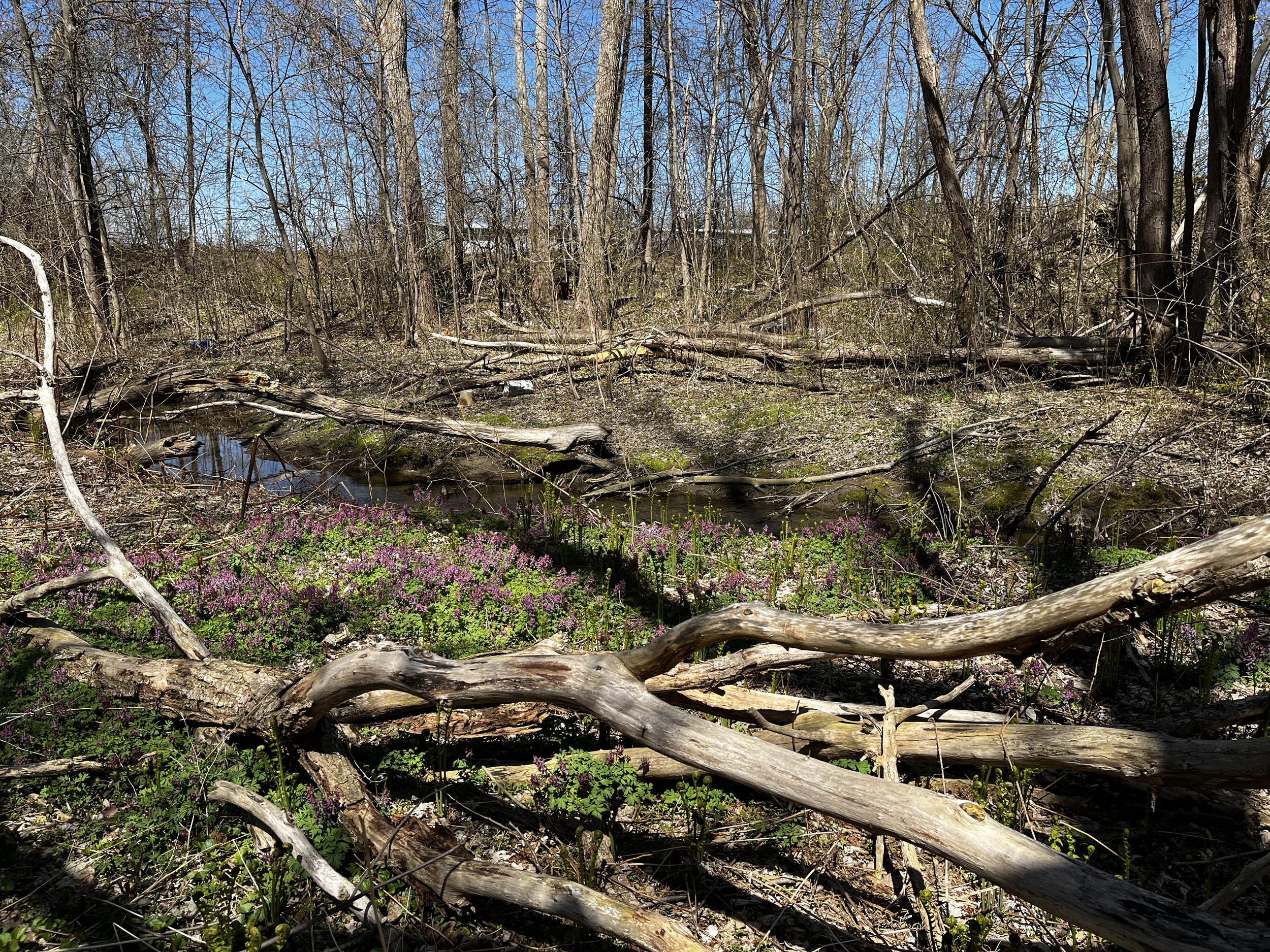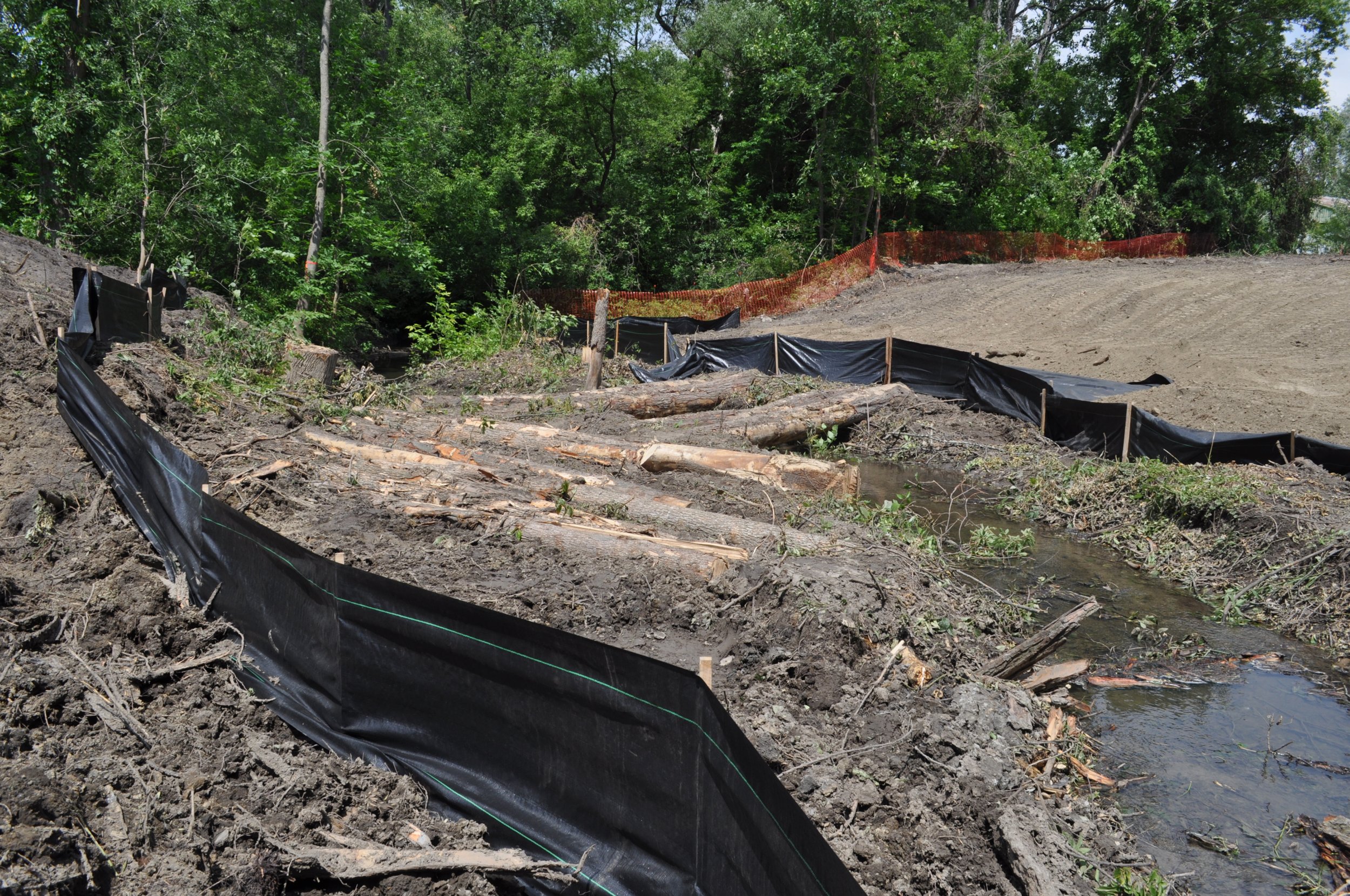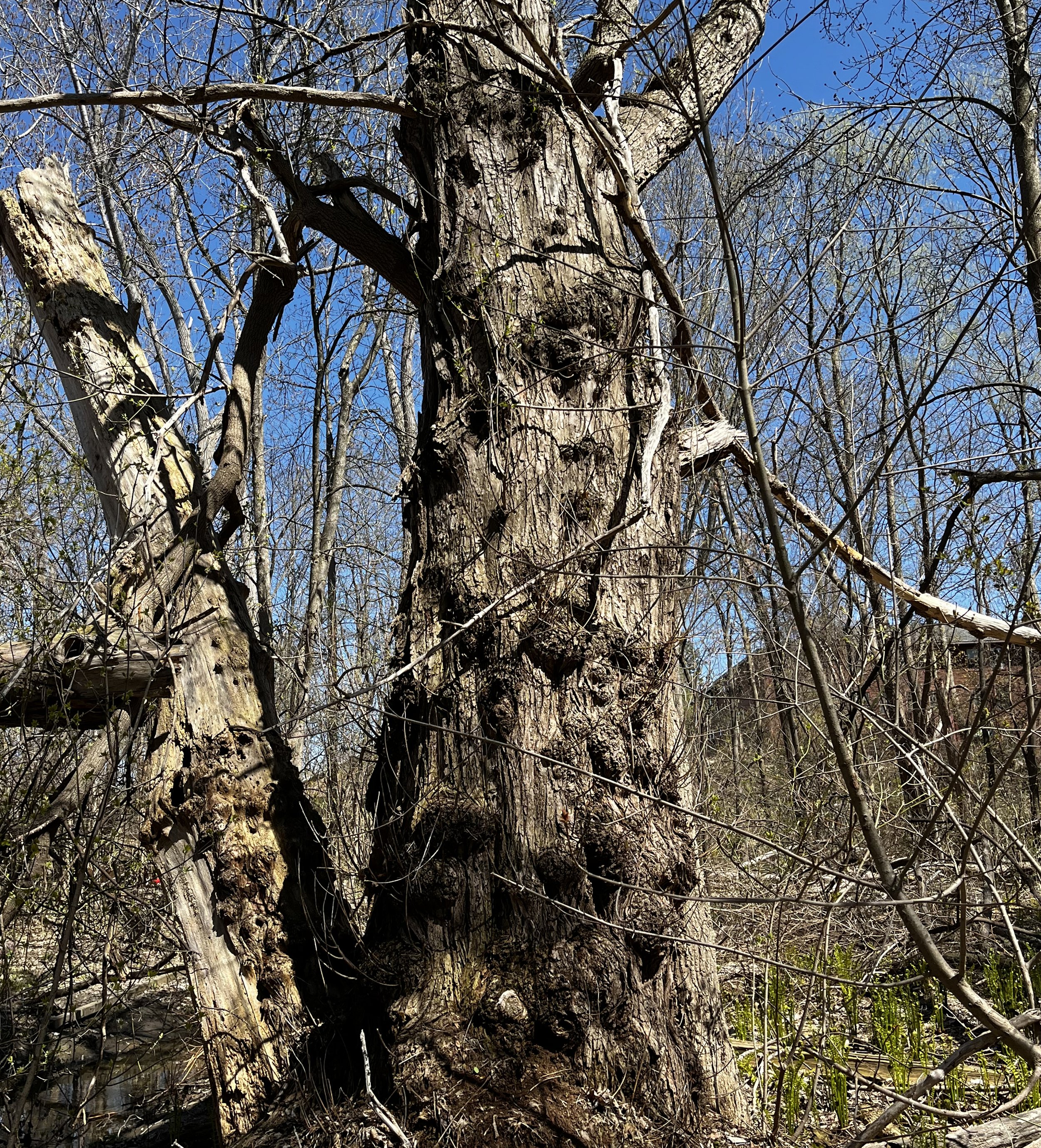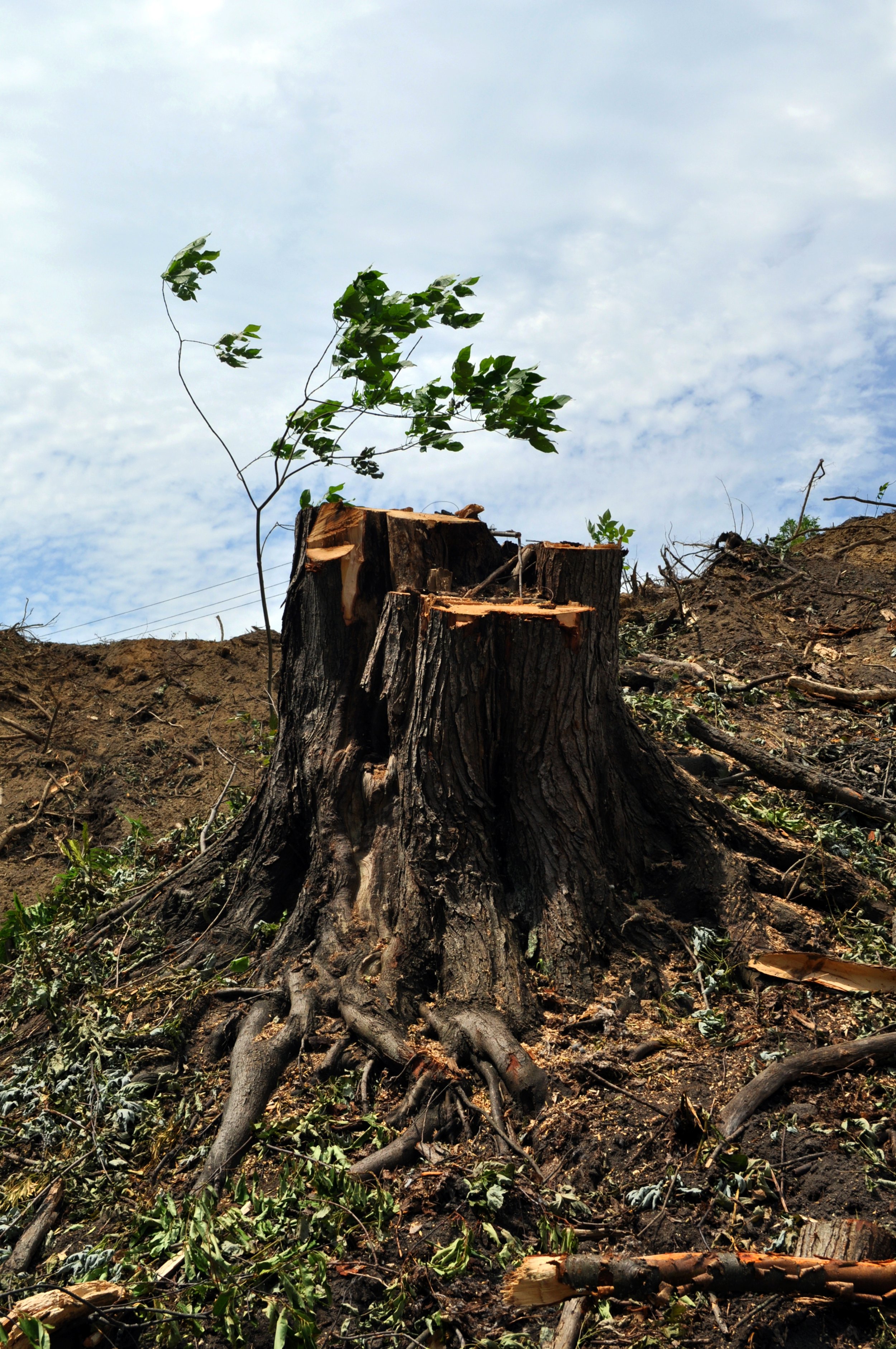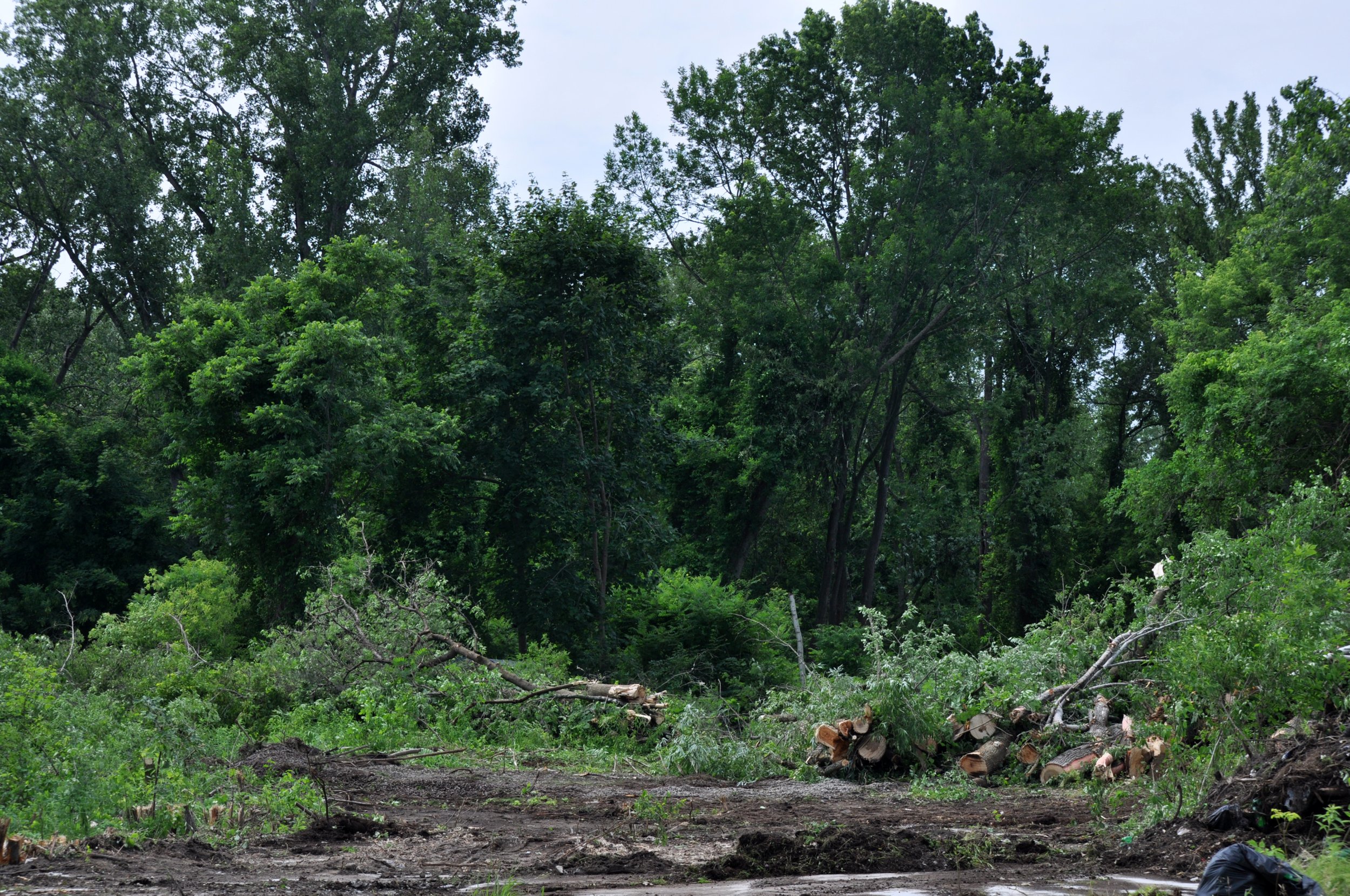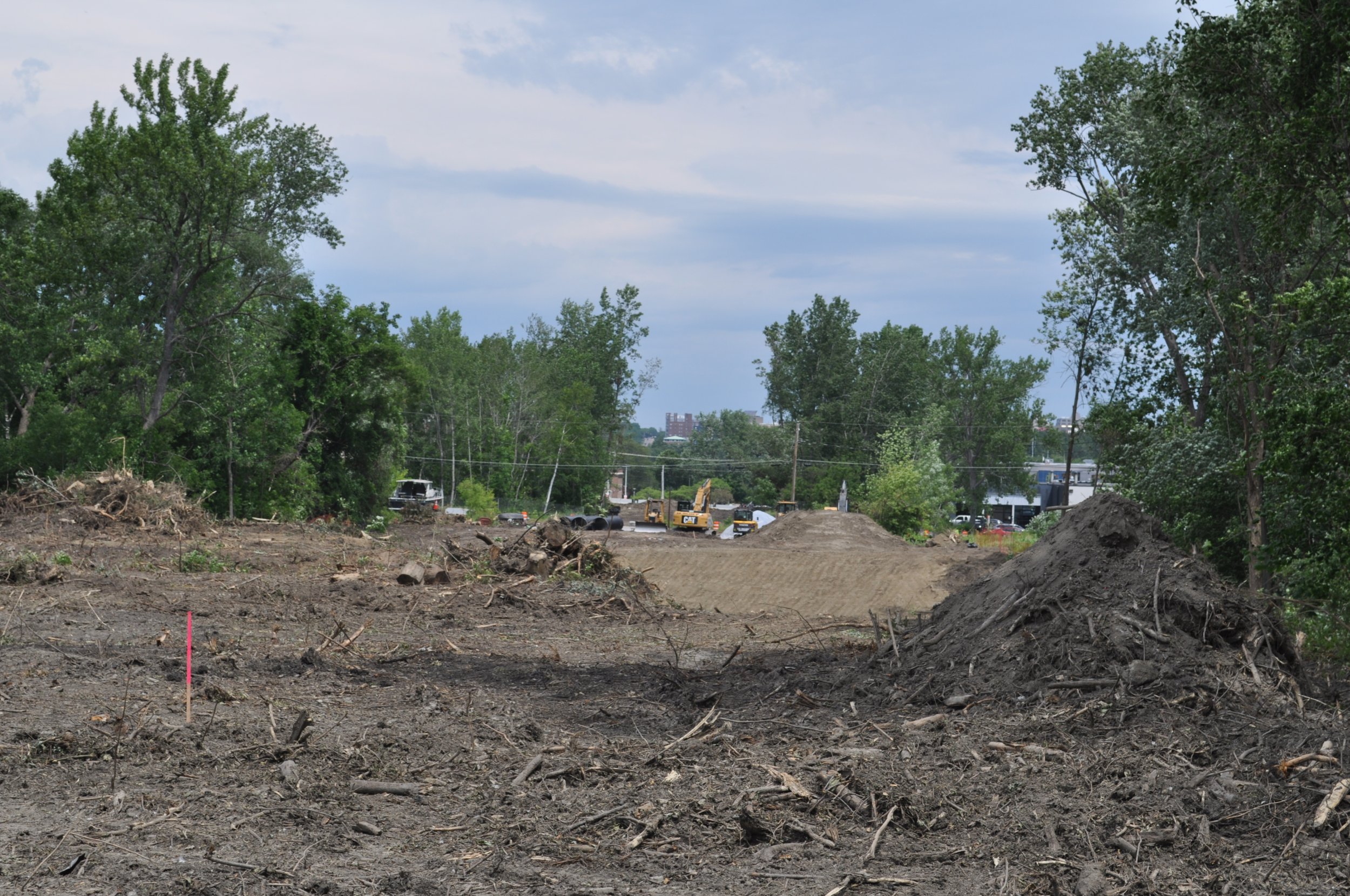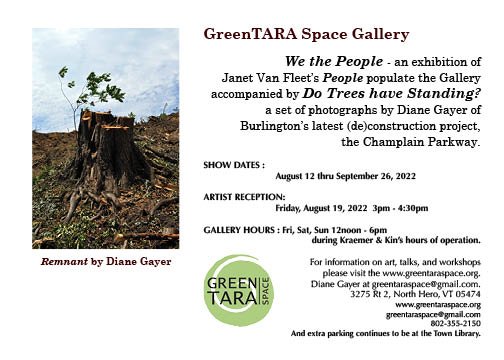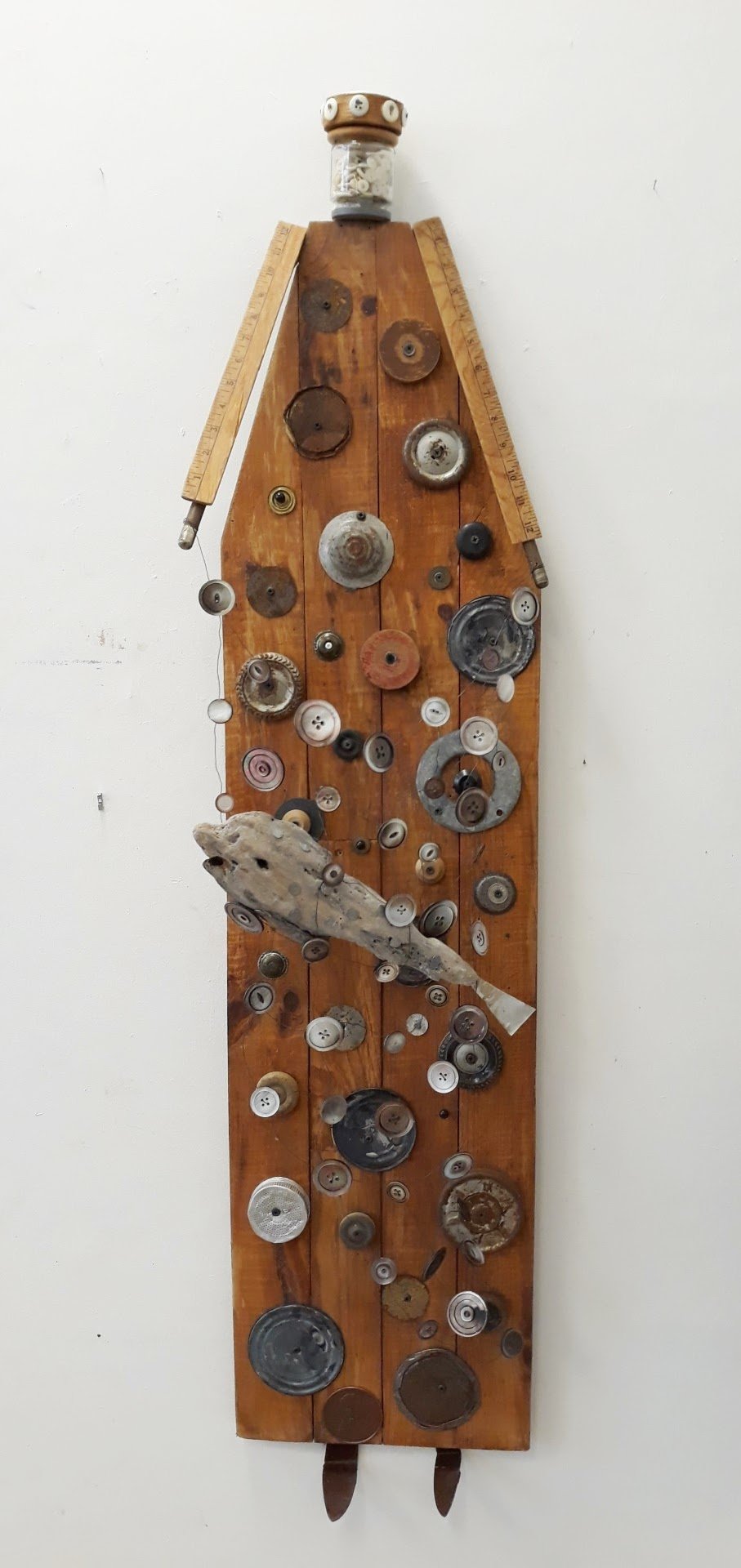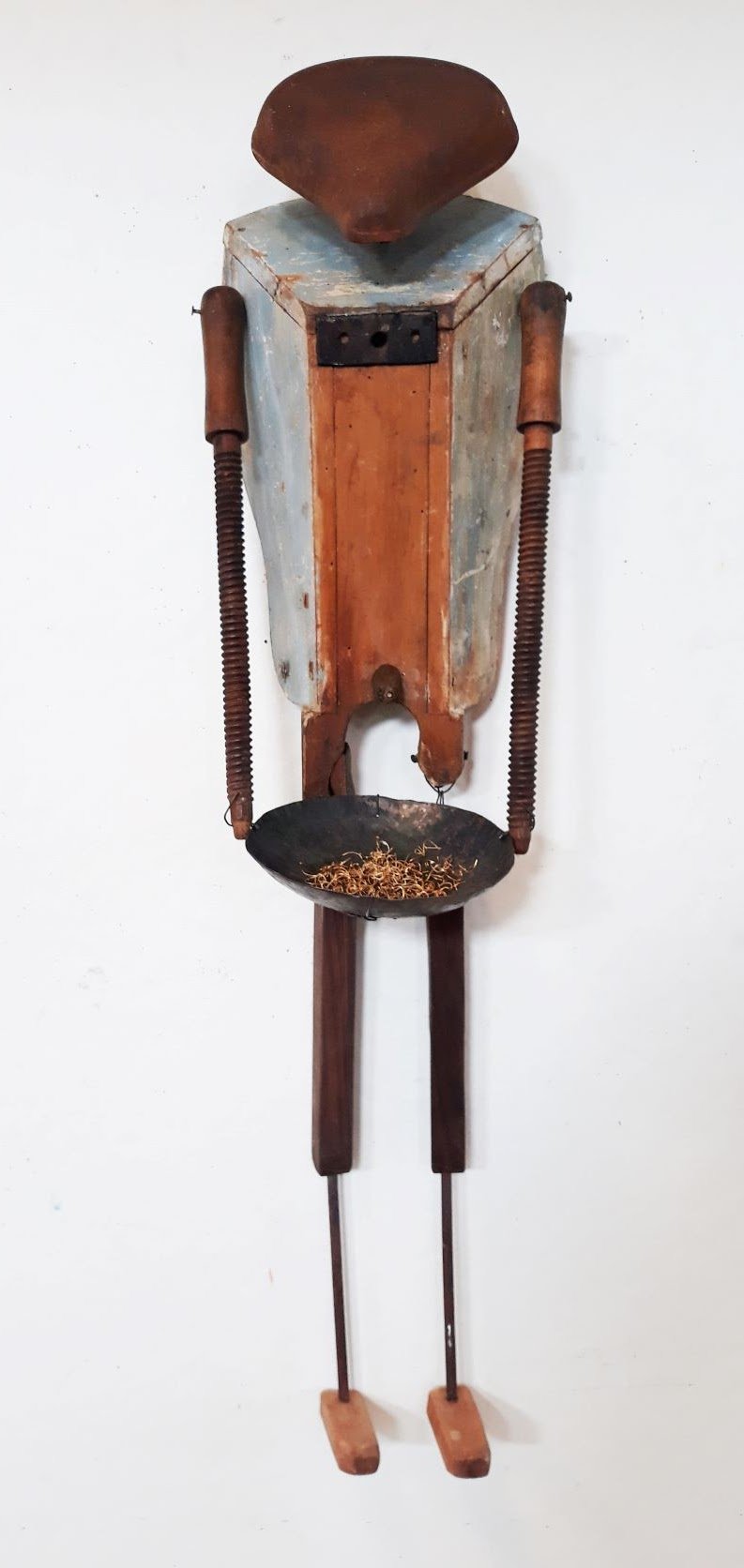An essay on the current exhibition of art and photography at GreenTARA Space, by Diane Elliott Gayer, August 2022.
“WE THE PEOPLE of the United States”, the opening line of the US Constitution reminds us that we, as separate individuals, are the people, and as such, we are united in a belief that a more perfect union is possible. This notion is a prayer and a faith for a collective future and a responsibility to recognize freedom in ourselves and for others.
Janet’s Van Fleet’s People remind us that we are – even when we are different – still a coherent part of the whole. Her People talk to us:
They are looking at you, and you are looking at them. I like to think that they may be saying something to you, and you might be replying, or making a statement of your own. This is a bit like our mixing it up with the other people around us, our co-citizens. Often it seems impossible to understand where they’re coming from, and they sometimes have no clue what we think and why we think it. Connecting with art often requires a similar effort to open ourselves and relate. I wish you a good conversation!
The Constitution, the legal document that identifies and attaches our unalienable rights, is not fixed in time. It has gone from its narrow beginnings of rights only for white land-owning men to today’s assignation of personhood to corporations, which allots the same rights to them as to natural persons.
This acceptance of corporate personhood raises the question about rights for other entities we co-exist with. We have many practices and ordinances that protect our natural systems, but the systems themselves (forests, air, water, earth, wetlands, etc.) do not have intrinsic rights within the legal system. While they might have specific economic value – such as how much a tree is worth if your neighbor happens to cut it down and you sue them for it, or, a means by which I can sell and transfer my air rights to you so that you can build a higher high-rise – they do not have Rights and are victims to our modern econo-politico structure. And, regardless of the type of government (democratic or authoritarian), the natural systems that animate our world fall prey to human greed and desire.
So for example when it comes to adopting climate action plans:
Trees have historically not been included in local Greenhouse Gases (GHG) inventories and climate action plans due to lack of guidance about how to quantify their carbon impacts, as well as the perception that their emissions are small compared to other sectors. But as trees both emit carbon when cleared and remove carbon from the atmosphere as they grow, including these emissions and removals (sequestration) makes inventories more complete. And with urban trees in decline across the planet, quantifying this value of forests and trees can give communities yet another reason to protect them and even expand their cover. [https://thecityfix.com/blog/cities-should-account-for-trees-in-their-greenhouse-gas-inventories-nw-guidance-shows-how/]
While this paragraph does not argue for the personhood of trees it does begin to identify the roles trees play in our society. And closer to home, reading from Burlington’s Climate Action Plan we learn that:
Research indicates that carbon sequestration — or the process by which carbon is captured and stored to avoid release into the atmosphere — is a sound and viable way to reduced greenhouse gasses. Because trees sequester carbon, Burlington is fortunate to have an extensive tree canopy, approximately 40% of Burlington’s land cover mass. Not only do trees sequester carbon, Burlington’s urban forest, a mosaic of planted landscapes and what remains of the native forest, is a reflection of the city’s health, wellbeing, and livability. It is an important part of Burlington’s character, giving the City a special sense of place.
This leads me to the questions: Why are we cutting down six acres of trees to make way for a highway project that is obsolete by 50-years? And: Why do trees not have legal standing when it comes to climate action decisions? Considering all of Burlington’s Climate Change policies: Why was a GHG (Greenhouse Gases) study not done prior to destroying acres of trees in a critical habitat and riverine zone?
To pursue the question further, I refer to the Burlington Climate Action Plan which holds the to increase the Urban Tree Canopy (UTC) by 588 trees per year and to maintain the existing urban tree canopy on both public and private property. So again: How are we reckoning our policies with actions?
There are municipal and regional plans and studies that underlie transportation projects, but they are not addressing the cost-benefit analyses of tree removal, especially given their role in mitigating climate impacts. In the case of the Champlain Parkway no one asked these critical questions, updated the Environmental Impact Study (EIS), nor looked at Burlington’s Climate Action Plan (CAP) for guidance. Designed decades ago, the Parkway has many design flaws and missed opportunities.
The project no longer meets any of the City of Burlington Transportation goals (CAP strategies in detail, page 21) from the goal of improving bicycle and pedestrian infrastructure to the long sought after integrated transportation hub. This should have been the core of this multi-million dollar project, but it is not even a faint whisper. The highway design and what is now being built is truly circa 1965 in engineering thinking and city planning.
Finally returning to the question of Rights: Why haven’t we assigned trees the Rights of Livelihood common to the rest of us? We do, after all, all depend on the same things – healthy air, water, and spirit. The Rights of Trees encapsulates the Rights of All for if they are healthy and safe, so are we.



